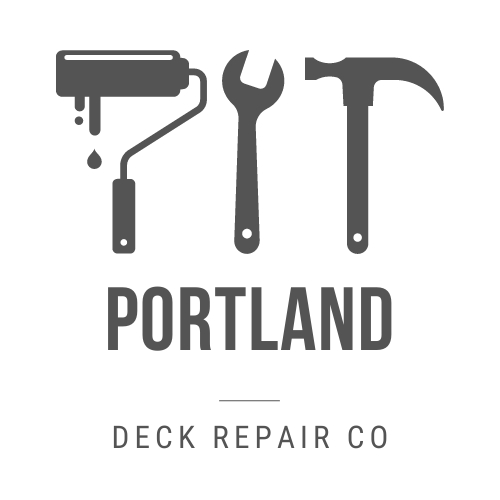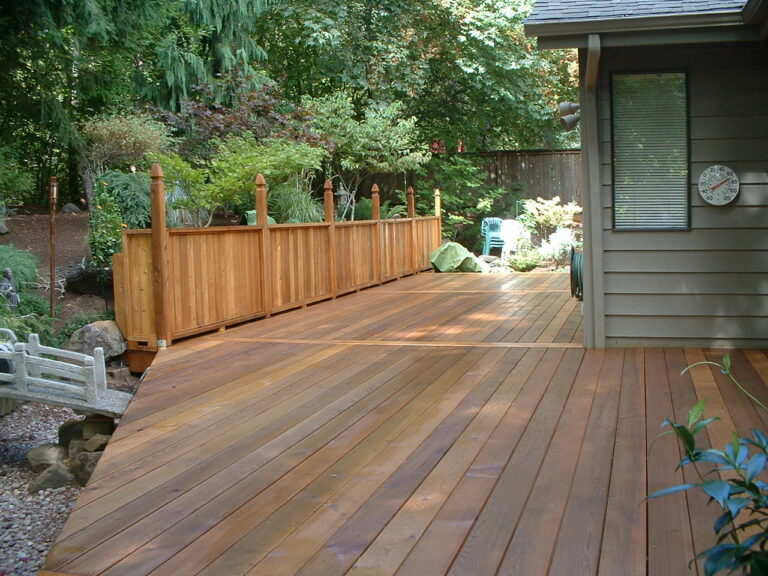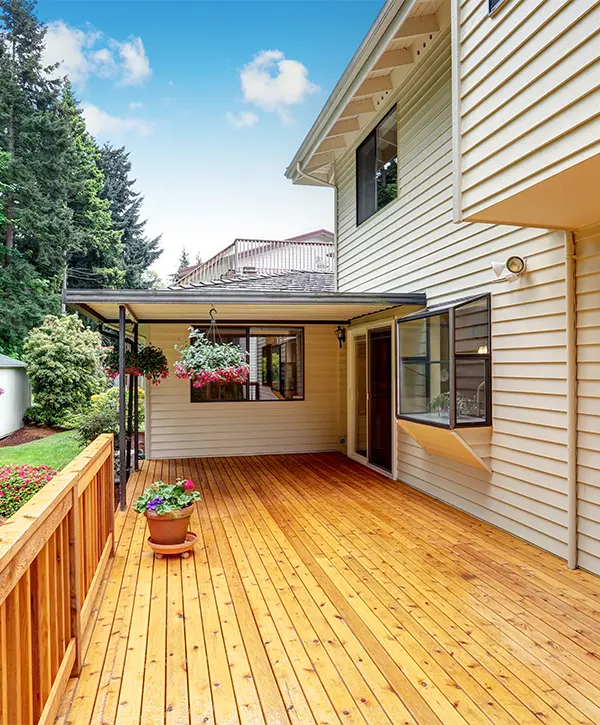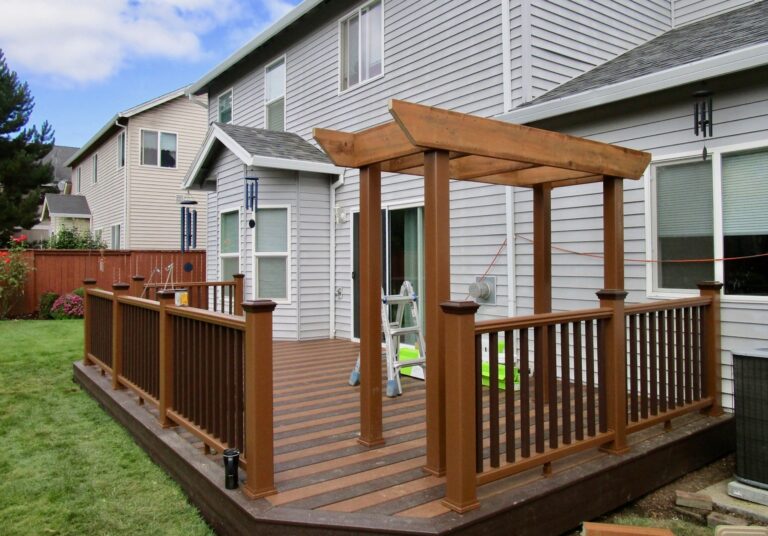The Ultimate Guide to Deck Repair
A deck is more than just an extension of your living space – it’s a place where memories are made. Summer barbecues, warm evening gatherings, or simply a peaceful morning with a cup of coffee – a deck often holds special moments. But, like all other parts of a home, a deck requires regular maintenance and sometimes, repairs. Whether it’s due to natural wear and tear or environmental factors, a damaged deck can be both an eyesore and a safety hazard. To ensure you’re equipped with the necessary knowledge to keep your deck in pristine condition, here’s your ultimate guide to deck repair.
Recognizing When Your Deck Needs Repair
Before delving into the specifics of repairs, it’s crucial to know the signs that your deck needs attention. Here are some telltale signs:
- Loose or Missing Boards: If you can spot boards that are loose or entirely missing, it’s time for a repair.
- Popped Nails: Over time, nails can pop out of the deck boards, creating potential hazards.
- Discolored or Soft Spots: These can indicate rot or water damage.
- Cracked Boards: Weather can cause boards to crack, leading to potential injury and further damage.
- Wobbly Railings: Always ensure the safety of your deck by checking railings. If they wobble, they may need reinforcement or replacement.
- Signs of Pest Damage: Termites and other pests can compromise the structural integrity of your deck.
The Repair Process
1. Inspect Thoroughly:
Before beginning any repair work, conduct a comprehensive inspection. This will help you understand the extent of the damage and formulate a plan.
2. Safety First:
Always prioritize safety. If your deck has structural damage, it might not be safe to use or even walk on. In such cases, it’s best to call a professional immediately.
3. Replace Damaged Boards:
Loose, cracked, or rotted boards can’t always be repaired and often need to be replaced. When choosing replacement boards, ensure they match the existing ones in terms of material and appearance. Once the old board is removed, lay down the new one, ensuring it fits snugly.
4. Fix Popped Nails:
For popped nails, the easiest solution is to remove them and replace them with screws, which are more durable and less prone to popping.
5. Reinforce Wobbly Railings:
If your railings are unstable, you might need to either tighten the existing hardware or add new, stronger hardware. In some cases, the posts themselves might be compromised and need replacement.
6. Tackle Discoloration:
Discoloration can be a sign of mold, mildew, or algae. Clean the deck with a solution designed for its material (like wood or composite) and then seal it to protect against future growth.
7. Seal and Stain:
To protect your deck against the elements and ensure longevity, consider sealing and staining it. Choose a sealant that offers UV protection, and when it comes to staining, always select a product based on your deck’s material.
8. Check the Foundation:
The posts and joists that support the deck are its foundation. Ensure they are stable, free from rot, and well-anchored to the ground. If any show signs of damage, it’s crucial to address these immediately.
When to Call a Professional
While there are smaller repairs that many might be tempted to handle on their own, deck repair is a task where expertise often matters. Here’s when to consider calling in the pros:
- Structural Damage: If the integrity of the deck is compromised, DIY repairs might do more harm than good.
- Major Replacements: If a significant portion of your deck needs replacing, a professional can ensure the job is done right.
- Pest Infestations: Professionals can assess the damage, treat the infestation, and recommend ways to prevent future issues.
- Uncertainty: If you’re unsure about the extent of the damage or the best repair approach, it’s always safer to consult an expert.
Final Thoughts
Your deck is an integral part of your home, and taking care of it ensures it remains a safe and enjoyable space. Regular checks, maintenance, and timely repairs can keep it looking and functioning at its best. And while it might be tempting to adopt a DIY approach for minor fixes, always remember the value of professional expertise when it comes to ensuring the longevity and safety of your deck.







